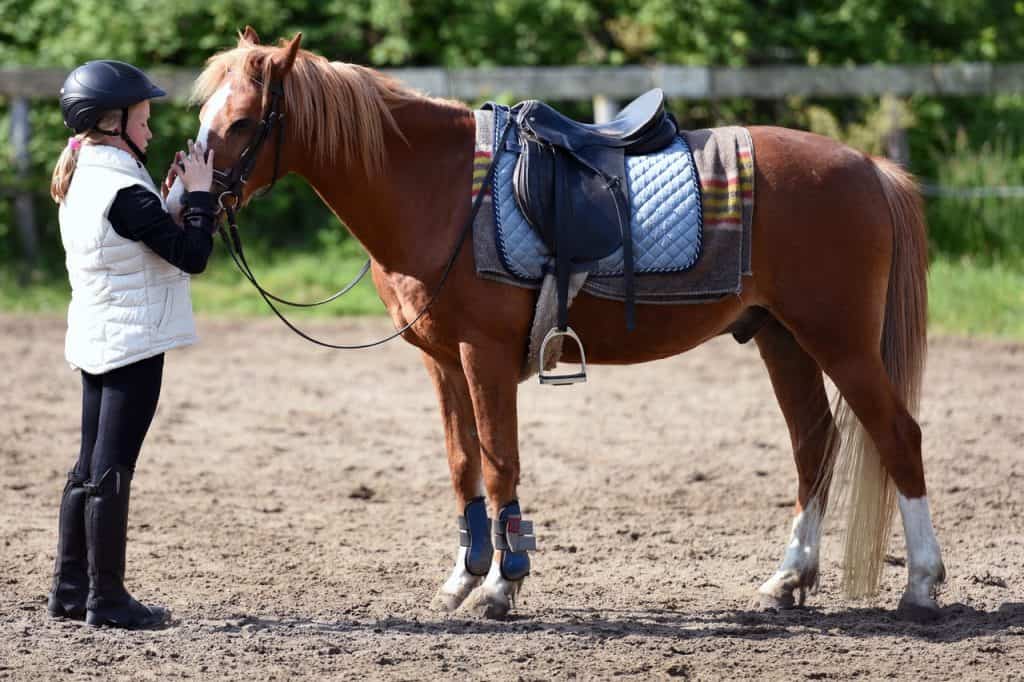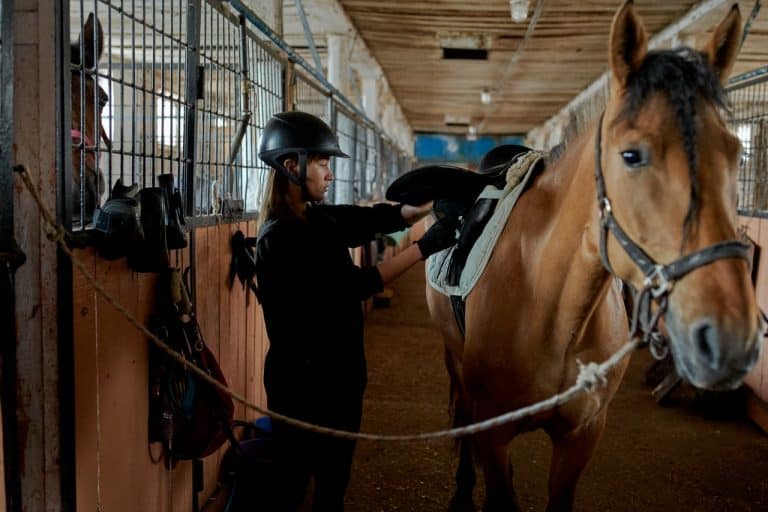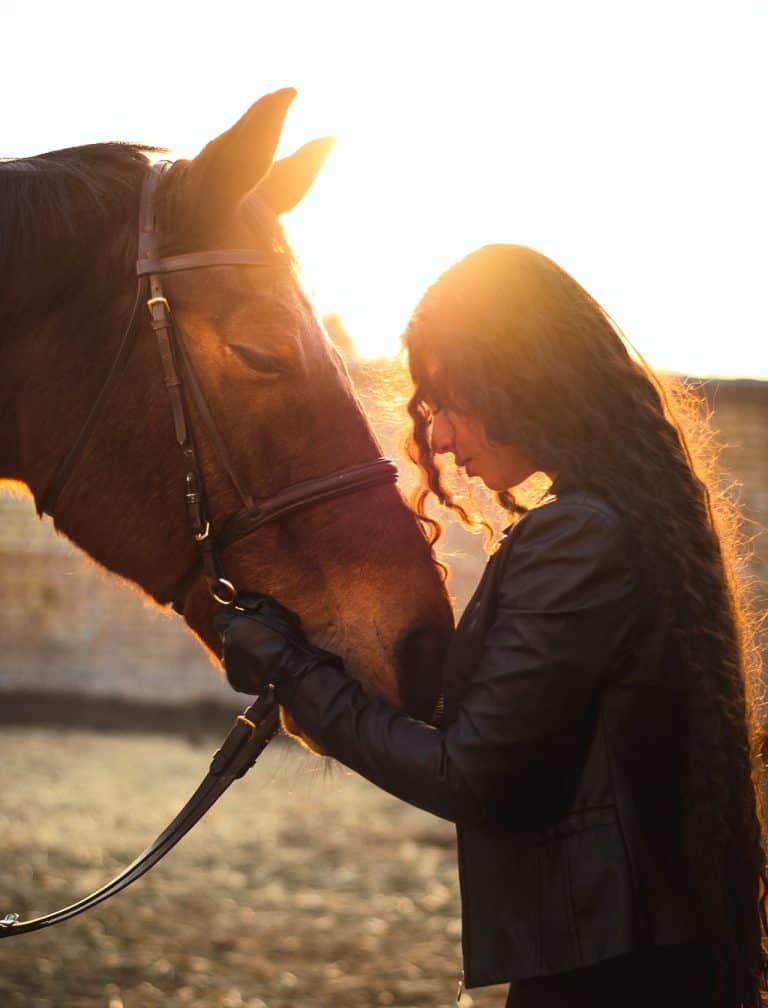It needs to be written
I am one of those strange weirdo horse people who actually likes numbers. And for years when people would ask me how much it cost to keep a horse, I would put together numbers in my head. Probably even rolled my eyes while I was calculating it. And I thought I was pretty close. I mean after all I spent a good deal of my adult life working as an accountant and managing multi-million-dollar budgets. It was not until I had to deal with a family member who thought I should keep her horses for free that I actually sat down at my computer and analyzed the actual cost of the average horse on my property.
Man, was I wrong.
It is really NOT funny how much of the actual cost of keeping a horse, we just forget about unless we write it down. And that is why it is so important to do written budgets. Both personally and for your business.
There is more to keeping a horse then just hay and feed. And we all know it, but it is difficult to remember all the incidental cost and/or blind spots. We horse people have been accused of being “barn blind”. But we seem to have more blind spots when it comes to money. Blind spots can be fixed cost or variable cost, direct cost or indirect cost that just don’t pop into your head when your think about the cost of keeping a horse. (If you are wondering what fixed, variable, direct or indirect cost are please refer to my blog post about them) Incidentals are the little things that we spend money on that we don’t even think about. And we all have different blind spots.
Here is a list of the most common blind spots that I have noticed with myself and my clients.
Depreciation of fencing
Property taxes
Mortgage
Insurance: liability, property and vehicle
Depreciation of well
Depreciation of barn
Repairs and maintenance of the pasture (annual spraying, mowing etc.)
Arena lights
Arena maintenance, and depreciation of the drag
Supplements and medications
Shaving
Water (for those not on a well)
Utilities
Incidentals like fly spray and hoof dressing
Barn stuff like pitch forks, wheelbarrows, cross ties. And all those buckets that they go through.
LABOR! Yes, labor including you! This one seems to be the easiest to forget
Miscellaneous medications. You know the ones, we all keep bottles on hand just in-case.
Vet cost for non-boarders. Such as teeth floating, vaccines, coggins test. Sometimes lesson horses need hock injections to comfortable working. It is important that we plan for as much as we can.
You don’t necessarily have to itemize all of these costs. But you do have to keep track of them. And if you are like most small business owners’ incidentals sometimes come out of your pocket. You know the scenario; I just going to run into the local tack store and get bell boots for So-and-so’s horse. You’re in a hurry, you pay cash. You get a receipt because that what you are supposed to do. The bell boots go on the horse and the receipt goes to the bottom of your purse never to be seen again.
And then there are the larger ones. Like depreciation. How many times have you looked at your bank account online to decide if you can purchase something. Just because you have money in your account doesn’t mean you are making money. Large items that will be useful to your business of several years are depreciated. Depreciation spread the cost of such items over they useful life. For more on depreciation, see my blog.
Making a budget is not really that hard. But you need a written budget to make sure you are including all your cost. You can not manage what you don’t acknowledge.
If you need help developing a budget email me at Molly@ordinarydressagerider.com. Or click on the link below to schedule an initial consultation




